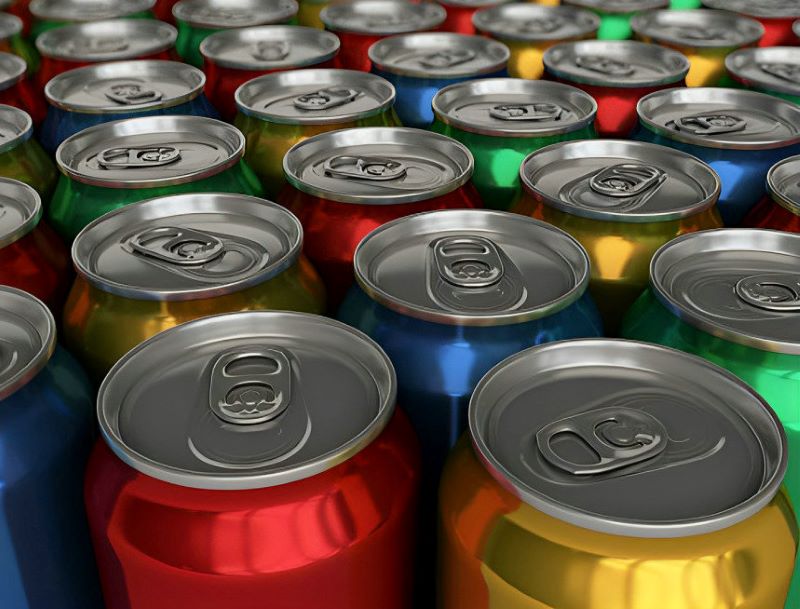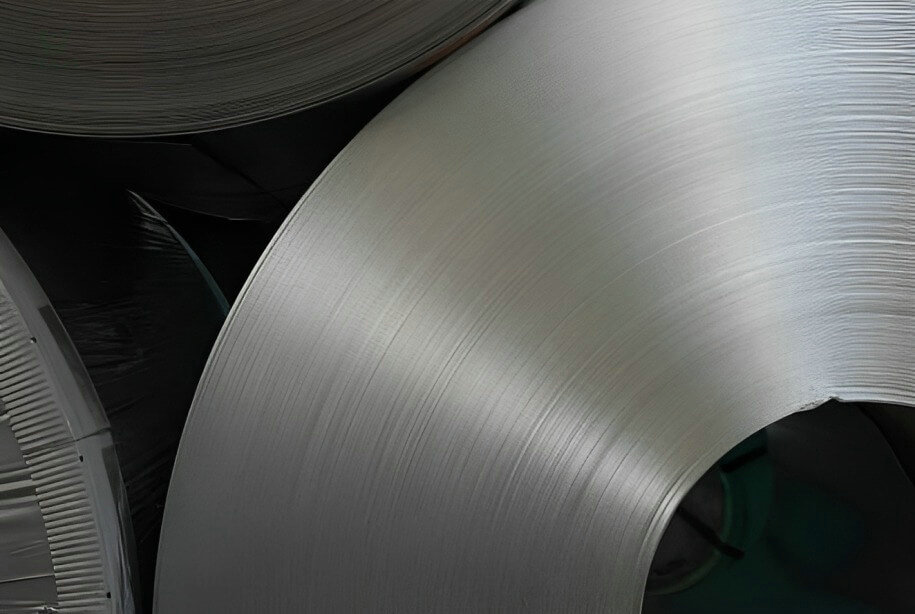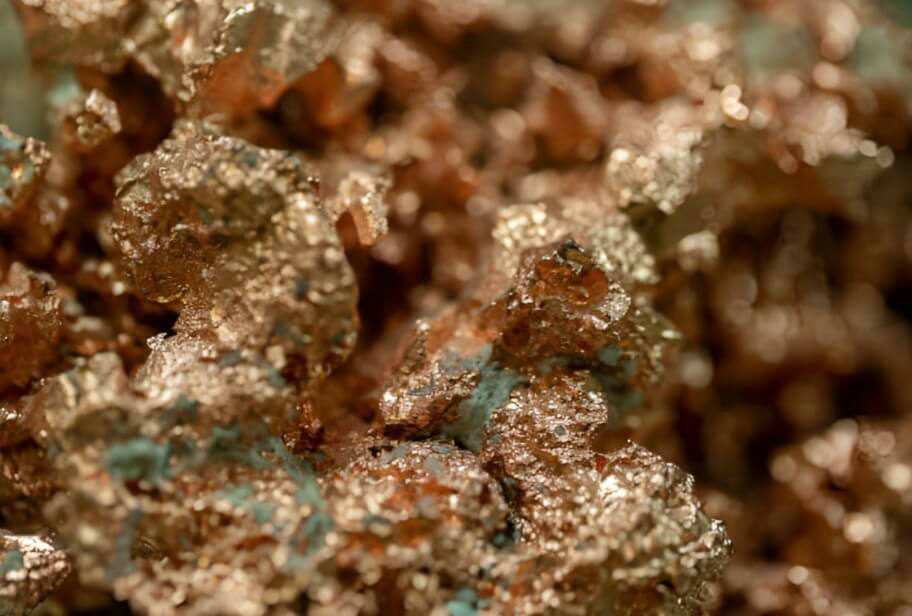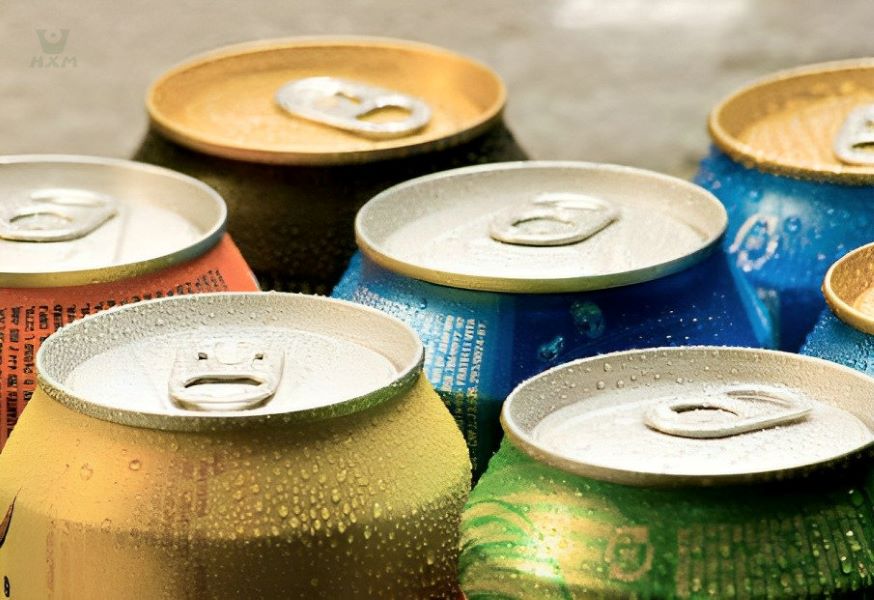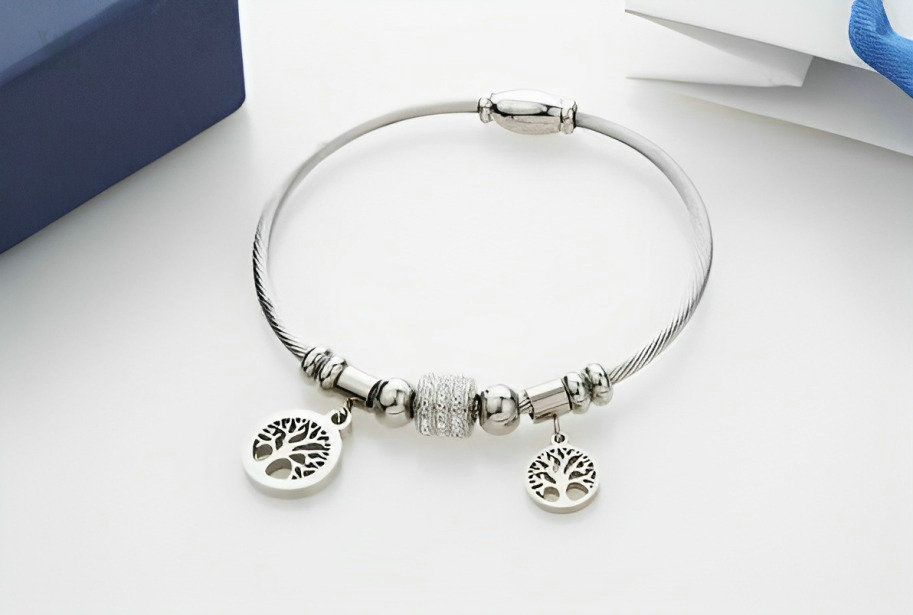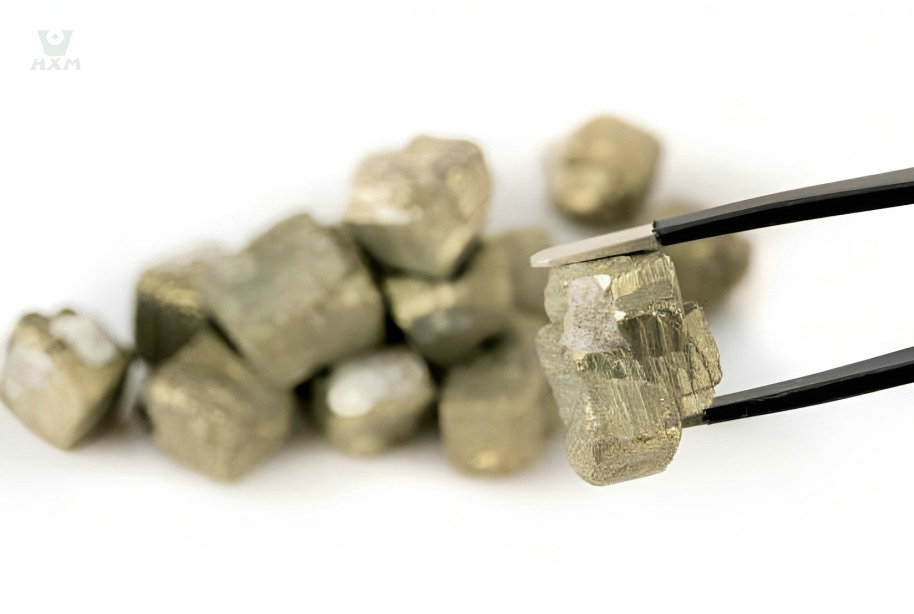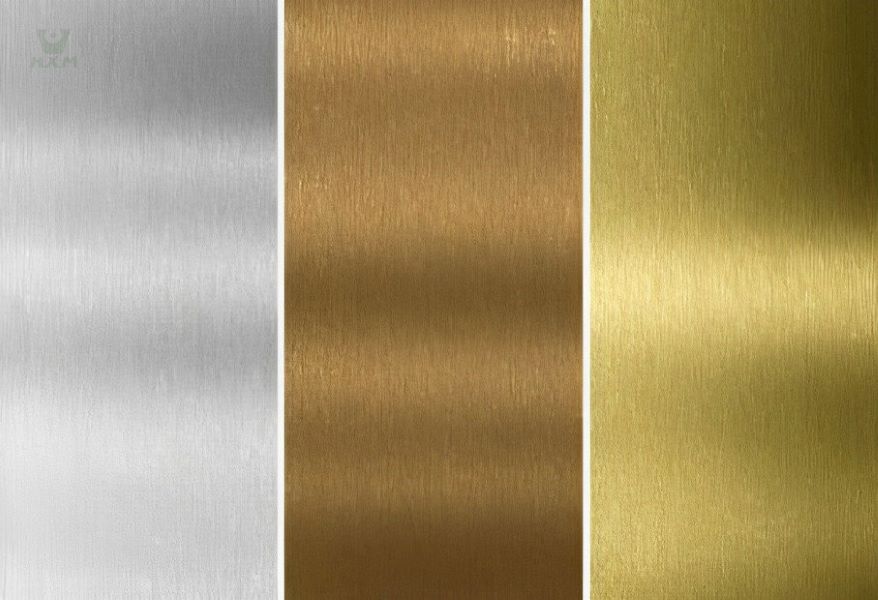Have you ever stopped to ponder the color of everyday objects made of aluminum? From the sleek metallic shine of your favorite water bottle to the subtle luster of a laptop’s casing, aluminum quietly weaves its way into our lives in various hues and forms. But have you ever wondered, amidst the multitude of shades, what truly defines the color of aluminum?
what color is aluminum?
Aluminum’s natural color is silvery-white due to its high reflectivity. However, its perceived color can vary based on factors like surface treatments, oxidation, and alloying elements. Through processes like anodizing or the presence of impurities, aluminum can showcase a range of colors beyond its natural shade.
the Natural Color of aluminum
Aluminum, in its inherent state, exhibits a distinctive appearance characterized by a silvery-white coloration, primarily attributed to its exceptional reflectivity. This hue emerges from the metal’s inherent ability to efficiently reflect incident light across the visible spectrum.
the high reflectivity of aluminum
The color of aluminum, predominantly perceived as silvery-white, arises due to its molecular structure and elemental composition. As photons from the surrounding environment strike the surface of aluminum, they encounter a material known for its exceptional reflective properties. The metal’s atomic lattice structure allows incoming photons to interact with its surface in a unique manner, resulting in the majority of light being reflected back into the environment.
This high reflectivity, a hallmark feature of aluminum, enables it to appear predominantly silver in color to the human eye. The metal efficiently bounces off light across various wavelengths, contributing to its characteristic silvery-white hue.
Aluminum alloy manufacturers harness this intrinsic property of aluminum while producing alloys by incorporating other elements. These elements, such as copper or manganese, are added in controlled proportions to modify the properties of the resulting alloy while sometimes influencing its color. The reflective nature of aluminum remains a crucial factor even in alloy manufacturing, affecting the appearance and, to some extent, the perceived color of the alloyed material.
In essence, the natural appearance of aluminum, with its silvery-white coloration, is a testament to its exceptional reflectivity across the visible spectrum. This attribute not only defines the fundamental hue of the metal but also plays a role in the alloying process carried out by aluminum alloy manufacturers, influencing the properties and, in some cases, the color of the resultant alloys.
how light interacts with aluminum's surface
The natural color of aluminum, predominantly silvery-white, is primarily influenced by its interaction with light. This interaction involves various physical properties of aluminum, which affect how light is reflected from its surface.
- Reflectivity as the Primary Influence: The inherent color of aluminum, notably silvery-white, predominantly stems from its exceptional reflectivity. Aluminum possesses a high capacity to reflect incoming light due to its atomic structure. When photons from light sources strike the metal's surface, a significant portion of these photons is promptly reflected back into the environment. This high reflectivity across the visible spectrum establishes the metal's primary color.
- Surface Smoothness and Specular Reflection: The smoothness of aluminum surfaces significantly enhances its reflective properties. Smooth surfaces allow for specular reflection, where incident light rays strike the surface and reflect uniformly in specific directions. This process amplifies the metal's brightness and characteristic shine, contributing to its silvery appearance.
- Thin Oxide Layer and Interference Effects: Upon exposure to air, aluminum quickly forms a thin oxide layer on its surface. This oxide layer can interact with light waves, leading to interference effects. Known as thin-film interference, this phenomenon can subtly modify the perceived color of aluminum. The thickness of the oxide layer and the wavelengths of light involved influence these interference effects, occasionally introducing nuanced variations in the silvery hue.
- Surface Texture and Light Scattering: Surface roughness or texturing alters the interaction of light with aluminum. A rough surface may lead to diffuse reflection, where incident light scatters in various directions due to surface irregularities. While this might not significantly change the primary color of aluminum, it can affect its perceived shininess or brightness.
In conclusion, aluminum’s natural color, primarily silvery-white, emerges from its exceptional reflectivity across the visible spectrum. The interplay of factors like reflectivity, surface characteristics, oxide layer interference, and texture holds significance not only for understanding aluminum’s appearance but also for aluminum alloy manufacturers who tailor these properties to create diverse alloys with distinct visual and functional attributes.

-Alloyours aluminum alloy manufacturers
Factors Influencing Perceived Color of aluminum
The intriguing aspect of aluminum lies not just in its innate reflective properties but in its chameleon-like ability to transform hues through surface treatments. Surface treatments, notably oxidation and anodizing, hold the power to modify the color palette of aluminum, expanding its visual possibilities beyond the traditional silvery hue.
surface treatments
Oxidation and Color Alteration
When aluminum is oxidized with oxygen, the resulting oxide layer, albeit very thin, produces subtle changes in the color of the aluminum. These changes arise mainly from the interference effect of light, the so-called thin-film interference phenomenon. Thin-film interference is a phenomenon in which light interacts with the surface of a thin film, resulting in a phase difference between the light waves as they interfere with each other, thus affecting the relative enhancement or cancellation of the light waves at different wavelengths.
This interference effect causes the thickness of the oxide layer and the wavelength of the light to interact, resulting in subtle changes in the color of the aluminum surface. Specific changes include:
- Hue Changes: Small variations in the thickness of the oxide layer may cause the aluminum to have a slightly different hue. For example, a thin oxide layer may make the color of aluminum appear slightly brighter or darker, or slightly skewed toward a certain color spectrum.
- Variations in Color Saturation: Small variations in the oxide layer may also affect the color saturation of the aluminum surface. Sometimes, varying thicknesses of the oxide layer may result in a slight increase or decrease in the saturation of a color, making it appear more vibrant or more muted.
- Changes in Viewing Angle: Small variations in the oxide layer may cause the color of aluminum to look slightly different when viewed from a different viewing angle. At different viewing angles, the color of aluminum may show subtle variations and may sometimes be brighter or duller, due to different interference effects of light waves on the oxide layer.
Understanding these subtle alterations is crucial for aluminum alloy manufacturers aiming to modify the color of their products while retaining the inherent reflective properties of aluminum. They leverage these effects of oxidation-induced color changes to achieve specific aesthetic variations in aluminum alloys, tailoring them for diverse applications. Therefore, the impact of oxidation on the color of aluminum underscores the intricate relationship between surface characteristics, light interaction, and the subtle adjustments influencing the appearance of aluminum, offering a palette of possibilities for aluminum alloy manufacturers seeking distinctive color variations.
anodizing
Anodizing is an electrochemical process that artificially thickens the natural oxide layer on the surface of aluminum. This controlled enhancement of the oxide layer offers aluminum alloy manufacturers a means to tailor the appearance of the metal, expanding its color possibilities beyond its inherent silvery-white hue.
- Process and Oxide Layer Enhancement: Anodizing involves immersing aluminum in an electrolyte bath and applying an electric current. This process encourages the controlled formation of a thicker and more uniform oxide layer on the surface of the aluminum. The thickness of this layer can be precisely manipulated, allowing manufacturers to exert fine control over the resulting color variations.
- Effect on Aluminum's Color: The thickness of the enhanced oxide layer through anodizing interacts with light in a way that influences the perceived color of aluminum. As light strikes the anodized surface, the increased thickness of the oxide layer leads to more pronounced interference effects. This interference effect causes specific wavelengths of light to either reinforce or cancel out, resulting in a broader range of colors appearing on the aluminum surface.
- Variety of Colors and Applications: Anodizing provides a versatile palette of colors for aluminum, offering options from subtle tones to vibrant hues. The resulting colors are not due to dyes or pigments but arise from the interference of light within the thicker oxide coating. Manufacturers can achieve colors ranging from soft pastels to deep shades, allowing for customization according to specific application requirements in industries such as architecture, automotive, electronics, and more.
- Durability and Functionality: Importantly, the anodized layer not only modifies the color but also enhances the surface durability, corrosion resistance, and wear resistance of aluminum. This makes anodizing an attractive option for applications requiring both aesthetic appeal and robust performance.
Anodizing holds significant importance for aluminum alloy manufacturers as it allows them to create tailored surfaces with specific colors while retaining the inherent properties of aluminum. The ability to manipulate the color of aluminum through anodizing offers a versatile approach for achieving diverse visual effects and fulfilling the requirements of various industries.
In summary, anodizing serves as a pivotal technique for aluminum alloy manufacturers, enabling them to alter the color of aluminum by manipulating the thickness of the oxide layer. This process not only expands the color spectrum but also enhances the durability and functionality of the metal for a wide array of applications.
Influence of Alloying Elements on Aluminum's Color
Alloying elements added to aluminum can significantly alter the metal’s color beyond its natural silvery-white appearance. These elements, when incorporated into aluminum alloys, introduce changes in the reflective properties and surface characteristics, affecting the perceived color of the metal.
- Role of Alloying Elements: Various elements, such as copper, manganese, chromium, and others, are commonly added to aluminum to form alloys with improved mechanical, thermal, or corrosion-resistant properties. These alloying elements interact with the aluminum matrix, influencing the optical properties of the resulting alloy, consequently affecting its color.
- Impact on Reflectivity: Alloying elements may modify the surface properties of aluminum alloys, thereby altering their reflective behavior. For instance, copper-containing alloys can impart a reddish or golden hue due to changes in reflectivity caused by the presence of copper particles on the surface. Similarly, other alloying elements might introduce color modifications based on their interaction with light waves.
- Surface Oxidation and Color Formation: Alloying elements can affect the formation and characteristics of the oxide layer on the surface of aluminum alloys. This oxide layer interacts with light, contributing to color variations. For example, certain alloy compositions may lead to the formation of a thicker or differently structured oxide layer, influencing the interference effects and modifying the perceived color of the alloy.
- Complex Interactions and Color Variation: The color changes induced by alloying elements are complex and depend on the specific elements and their concentrations within the alloy. Even minor alterations in alloy composition can lead to noticeable differences in color due to changes in surface properties and reflectivity.
Aluminum alloy manufacturers leverage the effects of alloying elements to create alloys with specific colors tailored for various applications. Understanding how different elements interact with aluminum and influence its color allows manufacturers to design alloys with desired visual properties while meeting specific performance criteria.
In summary, alloying elements play a pivotal role in modifying the color of aluminum alloys by influencing surface properties, reflectivity, and the formation of oxide layers. This understanding empowers aluminum alloy manufacturers to develop customized alloys with distinct colors, catering to diverse industrial needs while expanding the color spectrum beyond the natural silvery-white appearance of aluminum.
the potential color changes when different metals are alloyed with aluminum
| Metal | Color Change |
|---|---|
| Copper | May impart a golden or reddish-copper appearance, particularly in higher copper-containing alloys. |
| Manganese | Addition of manganese in aluminum alloys might result in a slightly greyish or light grey appearance. |
| Nickel | Incorporating nickel in small amounts could lead to a silver-white or slightly grey appearance. |
| Chromium | Adding chromium may cause the alloy to exhibit a slightly bluish-green or grey-green coloration. |
| Titanium | Aluminum alloys containing titanium might display a grey or titanium-like metallic color. |
| Zinc | The addition of zinc may lend a slightly white or greyish appearance to the alloy. |
These color changes are indicative and not definitive, as they can vary based on the alloy composition, processing methods, and other factors. In practical applications, alloying aluminum with various metals requires careful control of alloy composition to achieve desired colors and specific performance characteristics.
-Alloyours aluminum alloy manufacturers
conclusion
In conclusion, the color of aluminum is a multifaceted interplay of various factors, from its inherent reflective properties to the influences of surface treatments, alloying elements, and oxide layer interactions. The fundamental silvery-white hue of aluminum, primarily due to its exceptional reflectivity, undergoes nuanced alterations through processes like oxidation, anodizing, and the addition of alloying elements.
The processes of oxidation and anodizing showcase how minute changes in the oxide layer’s thickness result in delicate variations in the perceived color of aluminum. These treatments not only modify the color but also enhance its durability and functionality, making aluminum an attractive choice for diverse applications.
Furthermore, the addition of alloying elements introduces an additional dimension to aluminum’s color palette. Elements like copper, manganese, and chromium can significantly influence the surface properties and reflectivity of aluminum alloys, offering a spectrum of colors beyond its natural shade.
Aluminum alloy manufacturers harness these complexities to craft alloys tailored for specific color requirements while maintaining the intrinsic properties that make aluminum indispensable across industries. This adaptability underscores the versatility of aluminum in adapting to a wide range of visual needs while retaining its fundamental qualities.
In essence, the color of aluminum, although rooted in its reflective nature, demonstrates a remarkable range of possibilities due to surface treatments, interactions with oxide layers, and the strategic incorporation of alloying elements. This diversity in color options showcases the adaptability and flexibility of aluminum, solidifying its position as a pivotal material with multifaceted applications across various sectors.

